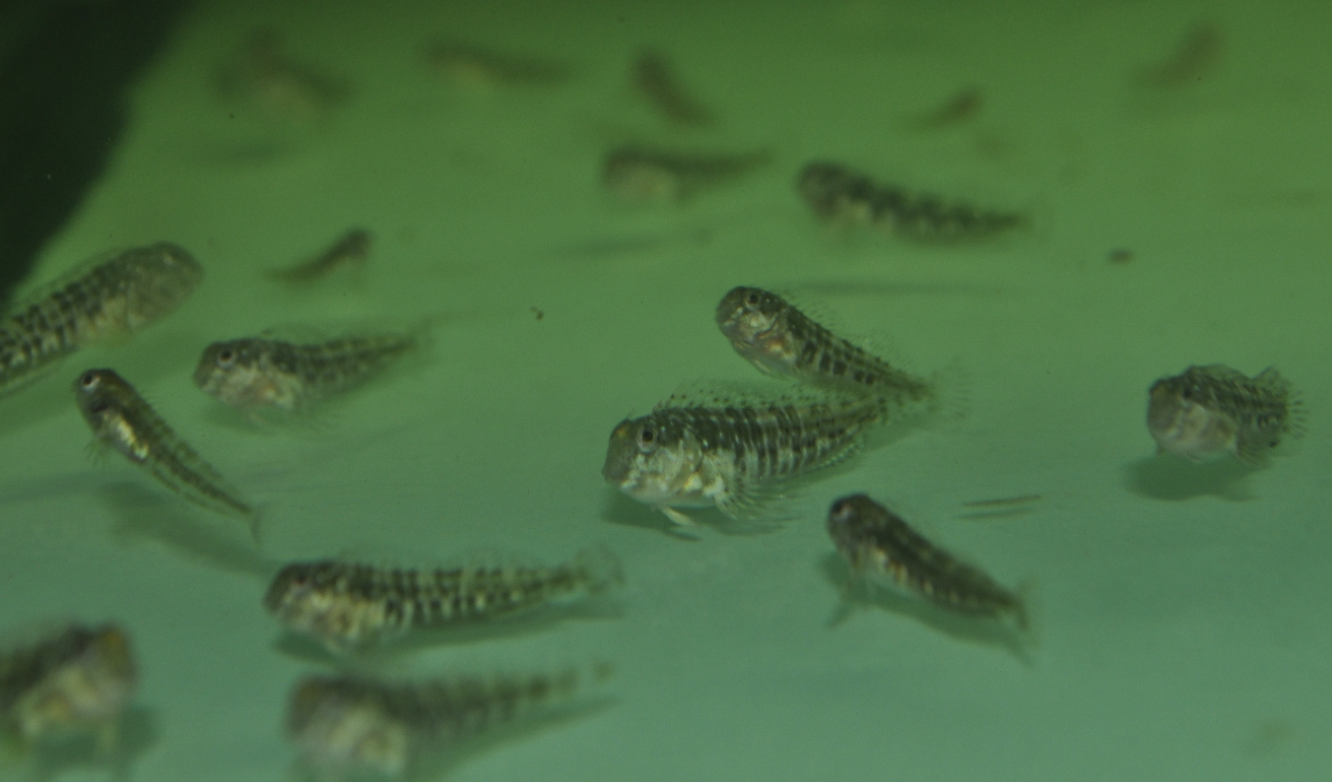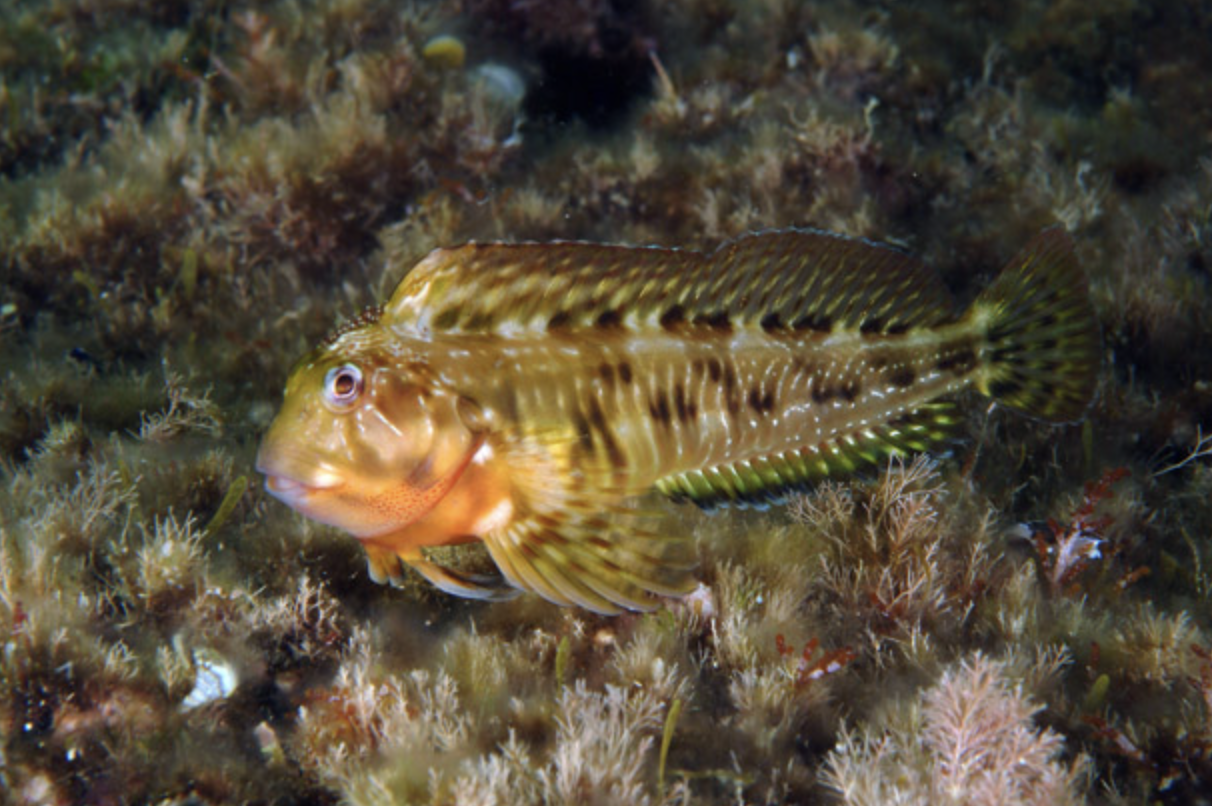The Molly Miller Blenny, Scartella cristata, is a unique blenny that originates from the Caribbean. These blennies generally grow to about four inches in length and have a unique appetite. In the hobby, many aquarium enthusiasts report these blennies to be a good alternative to other solutions for aiptasia control, so let’s take a closer look and see what we might learn.
Molly Millers may not be all that attractive to our eyes, but their appetite may change your perspective on them. They are rumored eaters of the dreaded aiptasia anemones, cyano, and even bubble algae. I acquired a single specimen from my workplace a few months ago to try and see if the hype was real. As of now, I have personally witnessed this first hand in my Caribbean reef tank as I have a specimen housed in there that demolished a small group of aiptasia in just over a week. This particular small group of Aiptasia was starting to get out of hand in the system.
Since this system is a Caribbean biotope, I really had to think out of the box for some potential ideas. I ended up getting a molly miller blenny from my workplace that was imported from Haiti. I will admit that I was definitely skeptical at first, but within a week, I slowly watched it nibble away at the Aiptasia. Once the Aiptasia were gone, I became concerned that the molly miller would then start to munch on the Curlique anemones that I have in the tank. To my surprise, it left the curlicues alone. In my experience and from what I have heard, they do tend to go after smaller-sized anemones. This might be something to keep in mind if you keep other anemones that are on the smaller size.
Where to buy Molly Miller Blennies
Sourcing The Molly Miller Blenny can be tricky as, for some reason, many wholesalers don’t tend to import them often. Your best options would be talking with your local fish stores and/or checking online to see what online retailers have to offer. You can expect to spend anywhere from twenty to thirty dollars for a single specimen if you are able to track one down. However, I am inclined to warn you to be aware that there are many Molly Miller lookalikes!

Certain seaweed blennies and many other closely related blennies can be wrongly identified and sold as the wrong organism. Therefore, before purchasing a Molly Miller blenny, make sure you know what they look like and that the specimens that you plan to acquire are the same thing! Keep in mind that the captive-bred route is also an option for these and a real possibility if you are really interested in finding one of these specimens. There are a few organizations that are propagating true Molly Millers to help you tackle your aiptasia problems.
Housing and Caring for Molly Millers
Molly Millers grow to about a maximum length of four inches. This makes them great candidates for people with smaller systems that may have aiptasia problems. Even if you don’t have aiptasia problems, Molly Millers can be a unique addition to your aquarium, and they are considered to be reef safe. Just as I do with many specimens, I would personally recommend feeding a wide variety of foods. This could include feeding meaty foods; these foods could be highly nutritious frozen food or liquid-suspended foods. I also personally like to feed my tank sheets of nori, and this really makes this blenny go crazy!
When considering tank size, I would recommend a tank of thirty gallons or more to be able to house a full-size specimen. They can be housed singly or in smaller groups if you have a larger tank and would like to keep more than one. These blennies will like to hang out in small crevices and holes in your rockwork. Keep in mind as you introduce them that they tend to become a little territorial over a small area that they inhabit. All things considered, these would be a specimen to consider if you are looking for something a bit new and different to add to your reef tank; just be sure to keep in mind that they sometimes become territorial and might go after smaller-sized anemones!



